-
 bitcoin
bitcoin $118548.520763 USD
3.67% -
 ethereum
ethereum $4352.564943 USD
4.79% -
 xrp
xrp $2.964058 USD
4.22% -
 tether
tether $1.000565 USD
0.05% -
 bnb
bnb $1028.372955 USD
1.46% -
 solana
solana $221.373507 USD
6.00% -
 usd-coin
usd-coin $0.999933 USD
0.02% -
 dogecoin
dogecoin $0.248633 USD
6.85% -
 tron
tron $0.341444 USD
2.38% -
 cardano
cardano $0.852946 USD
5.82% -
 hyperliquid
hyperliquid $47.869306 USD
6.15% -
 chainlink
chainlink $22.561476 USD
6.01% -
 ethena-usde
ethena-usde $1.001258 USD
0.05% -
 avalanche
avalanche $30.660000 USD
2.06% -
 stellar
stellar $0.400917 USD
9.76%
How do you prevent double-spending in a blockchain?
Double-spending is prevented in blockchain through decentralized consensus, cryptographic validation, and transaction confirmations that make tampering impractical.
Sep 04, 2025 at 01:37 am

Understanding Double-Spending in Blockchain
1. Double-spending refers to the risk of a digital currency being spent more than once. Unlike physical cash, digital tokens can be duplicated if not properly secured. In traditional financial systems, centralized authorities prevent this by validating and recording transactions. Blockchain eliminates the need for central oversight by using decentralized consensus mechanisms.
2. The core challenge in a decentralized network is ensuring that each transaction is unique and irreversible. Without a trusted third party, participants must collectively agree on the validity and order of transactions. This is where cryptographic techniques and network protocols come into play to maintain trust across distributed nodes.
3. Each node in the blockchain network maintains a copy of the ledger. When a transaction is broadcast, it is verified against existing records to ensure the sender has sufficient balance and hasn’t already spent the funds. This validation process is fundamental to preventing unauthorized duplication of assets.
4. Transactions are grouped into blocks and added to the chain only after meeting strict criteria. These criteria include proof of work or proof of stake, depending on the blockchain’s consensus algorithm. The computational effort required to alter a block makes tampering economically impractical.
5. Once a transaction is embedded in a block and confirmed by multiple subsequent blocks, reversing it would require rewriting the entire chain from that point forward. This becomes exponentially harder as more blocks are added, creating a secure and immutable record of all transfers.
Role of Consensus Mechanisms
1. Proof of Work (PoW) requires miners to solve complex mathematical puzzles to validate transactions and create new blocks. This process demands significant computational power, making it costly to attempt fraudulent activity. The longest chain is accepted as the valid version of the ledger.
2. In Proof of Stake (PoS), validators are chosen based on the amount of cryptocurrency they hold and are willing to 'stake' as collateral. Malicious behavior results in losing the staked assets, creating a strong economic disincentive against double-spending.
3. Both PoW and PoS ensure that any attempt to alter transaction history requires controlling a majority of the network’s resources—either computing power or staked tokens. This threshold, known as the 51% attack, is extremely difficult and expensive to achieve on large, established networks.
4. Nodes continuously communicate to share updates and verify new blocks. If a conflicting transaction is detected, the network rejects the invalid version based on consensus rules. This real-time validation prevents conflicting transactions from being accepted.
5. Consensus mechanisms enforce agreement across the network, ensuring that only one version of each transaction is permanently recorded. This decentralized agreement is what makes blockchain resistant to double-spending without relying on intermediaries.
Transaction Confirmations and Network Security
1. After a transaction is included in a block, it receives its first confirmation. Each additional block that follows increases the number of confirmations, strengthening the transaction’s legitimacy. Most services wait for multiple confirmations before considering a transaction final.
2. The probability of a successful double-spend attempt decreases significantly with each confirmation. For example, on the Bitcoin network, six confirmations are commonly considered secure enough for high-value transactions due to the immense cost of reversing them.
3. Pending transactions are held in a mempool until miners include them in a block. During this time, they are vulnerable to replacement only under specific conditions, such as higher transaction fees. However, once confirmed, they become part of the permanent record.
4. Rapid transaction propagation across the network minimizes the window for attackers to exploit delays or inconsistencies between nodes. This synchronization ensures that all participants have access to the same transaction data almost instantly.
5. Smaller or less secure blockchains may be more susceptible to double-spending due to lower hash rates or stake requirements. Users and exchanges often impose longer confirmation times or avoid such networks altogether to mitigate risk.
Frequently Asked Questions
What happens if two conflicting transactions are broadcast at the same time?The network will accept the transaction that is included in the longest valid chain. The other transaction will be discarded as invalid. Miners typically prioritize transactions with higher fees, influencing which one gets confirmed first.
Can a double-spend succeed on a major blockchain like Bitcoin?It is theoretically possible but practically infeasible due to the enormous computational power required. The cost of executing a 51% attack on Bitcoin far exceeds any potential gain, making such attempts economically irrational.
How do lightweight wallets ensure protection against double-spending?Lightweight or SPV (Simplified Payment Verification) wallets rely on full nodes to validate transactions. They check the number of confirmations and trust the consensus of the network rather than verifying the entire blockchain themselves.
Disclaimer:info@kdj.com
The information provided is not trading advice. kdj.com does not assume any responsibility for any investments made based on the information provided in this article. Cryptocurrencies are highly volatile and it is highly recommended that you invest with caution after thorough research!
If you believe that the content used on this website infringes your copyright, please contact us immediately (info@kdj.com) and we will delete it promptly.
- BlockDAG, DOGE, HYPE Sponsorship: Crypto Trends Shaping 2025
- 2025-10-01 00:25:13
- Deutsche Börse and Circle: A StableCoin Adoption Powerhouse in Europe
- 2025-10-01 00:25:13
- BlockDAG's Presale Buzz: Is It the Crypto to Watch in October 2025?
- 2025-10-01 00:30:13
- Bitcoin, Crypto, and IQ: When Genius Meets Digital Gold?
- 2025-10-01 00:30:13
- Stablecoins, American Innovation, and Wallet Tokens: The Next Frontier
- 2025-10-01 00:35:12
- NBU, Coins, and Crypto in Ukraine: A New Yorker's Take
- 2025-10-01 00:45:14
Related knowledge

What is a token economy?
Sep 20,2025 at 12:18am
Understanding the Foundations of a Token Economy1. A token economy in the context of cryptocurrency refers to a system where digital tokens are used a...
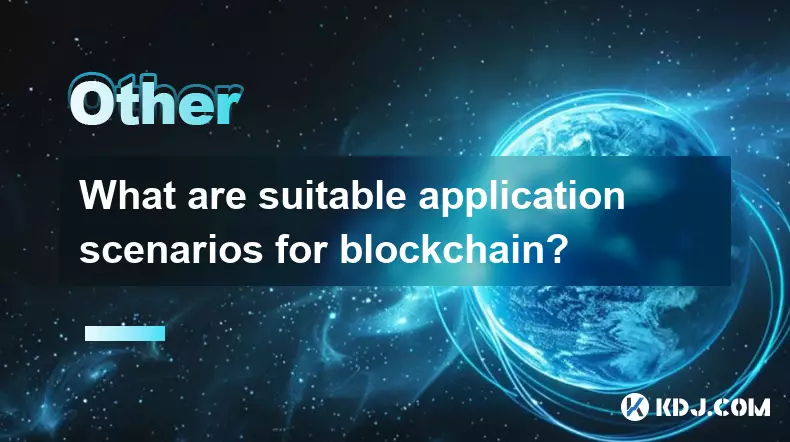
What are suitable application scenarios for blockchain?
Sep 20,2025 at 03:19am
Decentralized Finance (DeFi) Platforms1. Blockchain enables the creation of financial services without centralized intermediaries, allowing users to l...
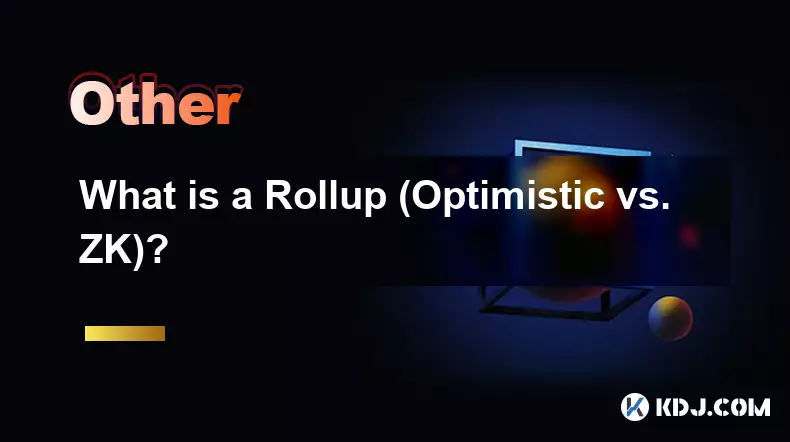
What is a Rollup (Optimistic vs. ZK)?
Sep 22,2025 at 03:00pm
Understanding Rollups in Blockchain Technology1. Rollups are layer-2 scaling solutions designed to increase transaction throughput on blockchains like...
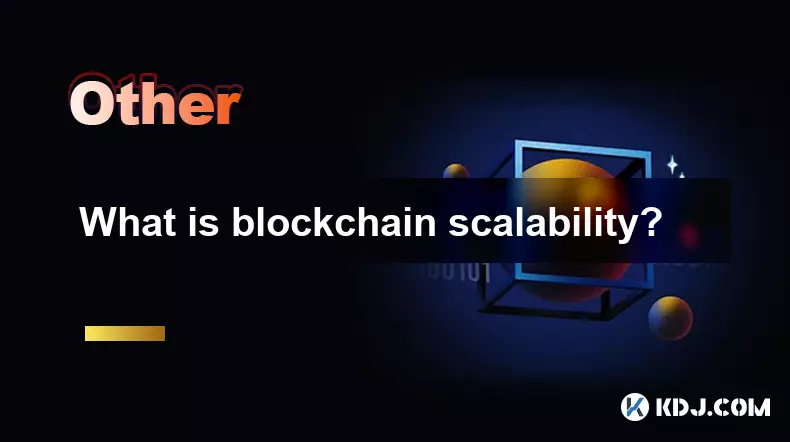
What is blockchain scalability?
Sep 19,2025 at 06:18am
Understanding Blockchain Scalability1. Blockchain scalability refers to a network's ability to handle an increasing number of transactions without com...
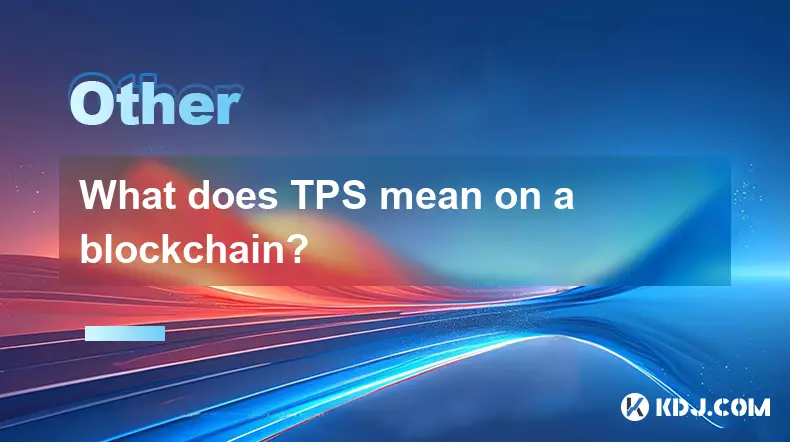
What does TPS mean on a blockchain?
Sep 21,2025 at 09:54am
Understanding TPS in Blockchain Technology1. TPS stands for Transactions Per Second, a metric used to measure the number of transactions a blockchain ...
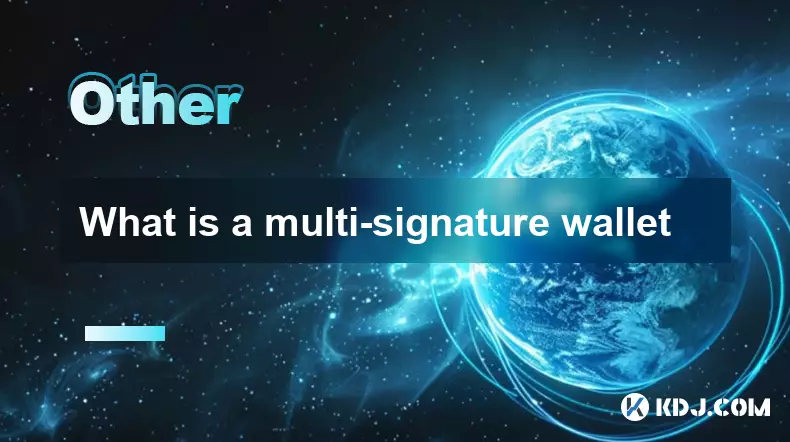
What is a multi-signature wallet
Sep 20,2025 at 07:00am
Understanding Multi-Signature Wallets in Cryptocurrency1. A multi-signature wallet, often referred to as a multisig wallet, is a type of cryptocurrenc...

What is a token economy?
Sep 20,2025 at 12:18am
Understanding the Foundations of a Token Economy1. A token economy in the context of cryptocurrency refers to a system where digital tokens are used a...

What are suitable application scenarios for blockchain?
Sep 20,2025 at 03:19am
Decentralized Finance (DeFi) Platforms1. Blockchain enables the creation of financial services without centralized intermediaries, allowing users to l...

What is a Rollup (Optimistic vs. ZK)?
Sep 22,2025 at 03:00pm
Understanding Rollups in Blockchain Technology1. Rollups are layer-2 scaling solutions designed to increase transaction throughput on blockchains like...

What is blockchain scalability?
Sep 19,2025 at 06:18am
Understanding Blockchain Scalability1. Blockchain scalability refers to a network's ability to handle an increasing number of transactions without com...

What does TPS mean on a blockchain?
Sep 21,2025 at 09:54am
Understanding TPS in Blockchain Technology1. TPS stands for Transactions Per Second, a metric used to measure the number of transactions a blockchain ...

What is a multi-signature wallet
Sep 20,2025 at 07:00am
Understanding Multi-Signature Wallets in Cryptocurrency1. A multi-signature wallet, often referred to as a multisig wallet, is a type of cryptocurrenc...
See all articles










































































